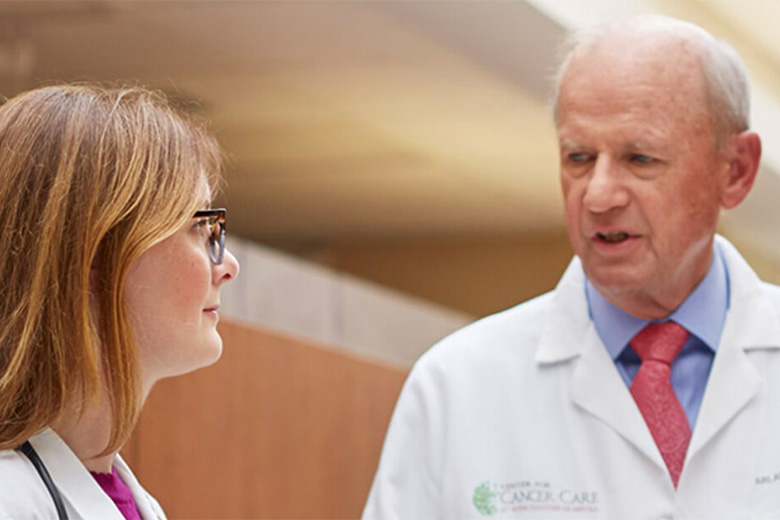Interventional Radiology
Appointments
Overview
This subspecialty of Radiology employs imaging to guide procedures using minimally invasive techniques. Procedures may be performed anywhere in the body by using specially designed catheters (thin plastic tubes) and guidewires that can be passed through blood vessels, ducts or other pathways in the body. In most instances, only a small puncture in the skin is necessary, and there is little if any discomfort during the procedure. Most procedures can be performed with only minimal amounts of sedation and while using local anesthetics.
A wide variety of problems can be treated using interventional techniques. These include embolization (occlusion) of bleeding arteries, opening arteries that are narrowed or blocked from atherosclerosis, dissolving blood clots, opening blockages in bile ducts or ureters, and treating various tumors by injection of special combinations of chemotherapy and embolization agents. Tumors are also being treated using special needles or focused ultrasound, which kills tumor cells by overheating them-a process known as thermal ablation. Diagnostic studies are also part of interventional radiology. These include angiography, venography and biopsies of mass lesions almost anywhere in the body to obtain tissue for pathologic diagnosis.
Interventional radiologists are fully trained diagnostic radiologists who have undergone an additional one or two years of training in interventional techniques. The American Board of Radiology and the American Board of Medical Specialists officially recognize the field of interventional radiology as a subspecialty of radiology. It has its own subspecialty board examination and certification.
Therapeutic Procedures We Offer
- Biliary drainage procedures and stents
- Chemoembolization of liver tumors
- Embolization procedures (trauma, GI tract)
- Embolization procedures (vascular malformations)
- Fibroid clinic
- IVC filter placement
- Kidney drainage procedures and stents
- Percutaneous abscess drainages
- Regional thrombolysis
- Tumor ablation: radiofrequency, focused ultrasound or thermal
- Thrombectomy (including transcatheter thrombectomy)
- Transjugular intrahepatic portosystemic shunts (TIPS)
- Transluminal balloon angioplasty and stenting
- Uterine artery embolization
- Vascular foreign body retrievals
- Venous access procedures
Uterine fibroids are common benign tumors of the uterus. The presence of a fibroid often causes no symptoms and may not require any specific medical treatment. However, some women do suffer great discomfort related to the presence of large or multiple small fibroids. Symptoms such as heavy menstrual bleeding, pelvic pain and pressure, pain during intercourse, constipation, and urinary frequency and obstruction can be due to fibroids.
A spectrum of options exists for treating uterine fibroids. Traditional treatments have included hormonal therapy and surgery. A newer, noninvasive option includes uterine artery embolization (UAE). UAE procedures are performed in Lahey’s Interventional Radiology Department.
For more information about a procedure or to speak with an interventional radiologist about scheduling UAE or MRgFUS at Lahey Hospital & Medical Center, please call Uterine Fibroid clinic coordinator at 781-744-2906.
Diagnostic Procedures We Offer
At Lahey Hospital & Medical Center, we routinely perform some of the most advanced interventional radiology procedures available.
- Angiography/angiogram
- Imaging-guided breast biopsies
- Ultrasound or CT-guided biopsies
- Venography
- Venous sampling of various endocrine organs

